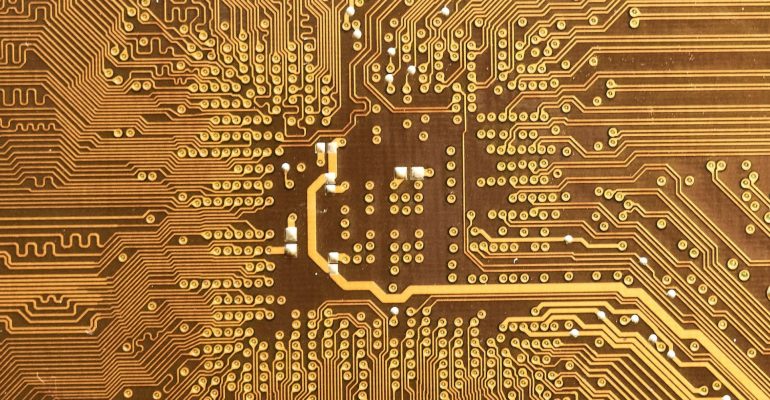Edge Computing: Redefining Data Processing for Faster Results
In the rapidly evolving landscape of technology, edge computing is emerging as a game-changer. Traditional cloud computing brought centralized data processing and storage capabilities, but it comes with latency and bandwidth limitations. Edge computing addresses these challenges by decentralizing data processing, pushing it closer to the data source. This not only reduces latency but also enhances the speed of data analysis and decision-making. In this blog, we will delve into the world of edge computing, exploring its benefits and how it is revolutionizing data processing for faster results.
Understanding Edge Computing
Edge computing is a decentralized computing paradigm that involves processing data near the source of data generation. Instead of relying solely on centralized data centers (cloud computing), edge devices process data locally or within the vicinity of where the data is generated. These devices could be anything from sensors, IoT devices, smartphones, or any device connected to a network.
How Edge Computing Works
1. Data Generation:
Data is generated at the source, which could be sensors, devices, or equipment.
2. Data Processing at the Edge:
Instead of sending all data to a centralized cloud server, edge devices process a significant portion of the data locally.
3. Data Analysis and Decision-Making:
Edge devices perform data analysis and generate insights based on the processed data, enabling quicker decision-making.
Advantages of Edge Computing
1. Low Latency:
Edge computing significantly reduces data travel time since processing is done closer to the data source. This leads to lower latency and faster response times.
2. Bandwidth Optimization:
By processing data locally and transmitting only essential information, edge computing optimizes bandwidth usage and reduces the load on the network.
3. Improved Reliability:
Local processing ensures critical functions can continue even if the network connection to the cloud is lost. This enhances the overall system’s reliability.
4. Data Privacy and Security:
Edge computing allows sensitive data to remain on-premises or within a specific network, enhancing data privacy and security.
5. Real-time Insights:
Quick data processing at the edge enables the generation of real-time insights, essential for time-sensitive applications like industrial automation and healthcare.
Use Cases of Edge Computing
1. Industrial Internet of Things (IIoT)
Edge computing is vital in IIoT applications, providing real-time monitoring, predictive maintenance, and process optimization in industries like manufacturing and energy.
2. Smart Cities
Edge computing supports smart city initiatives by enabling real-time traffic management, waste management, and energy consumption optimization, among other applications.
3. Healthcare
In healthcare, edge computing facilitates remote patient monitoring, real-time diagnostics, and wearable health devices, enhancing patient care and treatment outcomes.
4. Autonomous Vehicles
Edge computing plays a crucial role in autonomous vehicles by enabling real-time data analysis for decision-making, enhancing safety and efficiency on the roads.
Challenges and Considerations
1. Resource Constraints:
Edge devices often have limited processing power and storage capacity, requiring efficient resource utilization.
2. Data Management:
Managing data at the edge, especially in a distributed environment, poses challenges in data consistency, synchronization, and security.
3. Standardization:
The lack of standardized practices and protocols for edge computing can hinder interoperability and seamless integration.
4. Scalability:
As the number of edge devices grows, ensuring scalability while maintaining performance is a critical challenge.
Future Trends in Edge Computing
1. 5G Integration:
The rollout of 5G networks will enhance edge computing capabilities, facilitating faster data transmission and lower latency.
2. AI at the Edge:
Integration of AI capabilities at the edge will allow more sophisticated data analysis and decision-making without relying on centralized servers.
3. Edge-to-Cloud Orchestration:
A hybrid approach, integrating both edge and cloud computing, will gain traction to optimize data processing and storage based on specific requirements.
4. Edge Security Advancements:
Enhanced security measures at the edge will become a priority to protect sensitive data and ensure secure transactions.
Conclusion
Edge computing is reshaping the way data is processed and analyzed, bringing faster results and improved efficiency to various industries. By decentralizing data processing and pushing it closer to the source, edge computing is revolutionizing the way we interact with data. As this technology continues to evolve and integrate with other advancements like 5G and AI, the possibilities for faster, more reliable data processing are endless.
Embrace the edge, and discover a new era of data processing that’s quicker, more efficient, and ready to drive the future.






